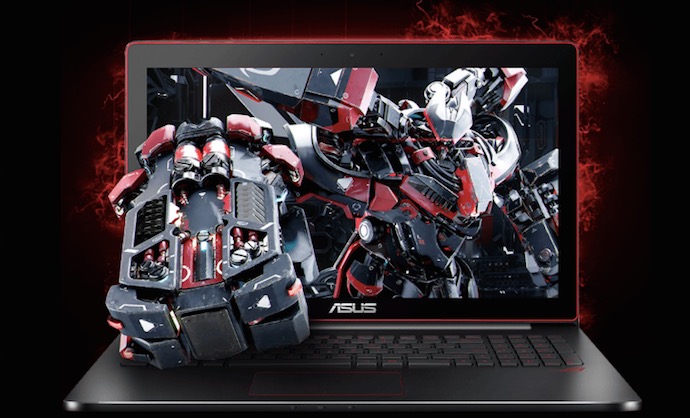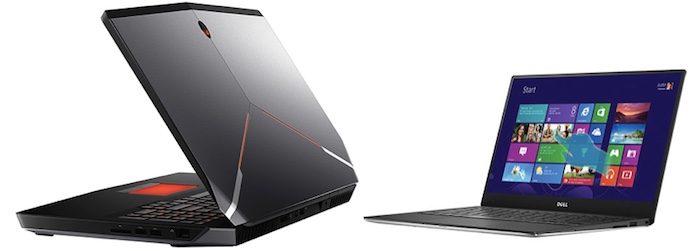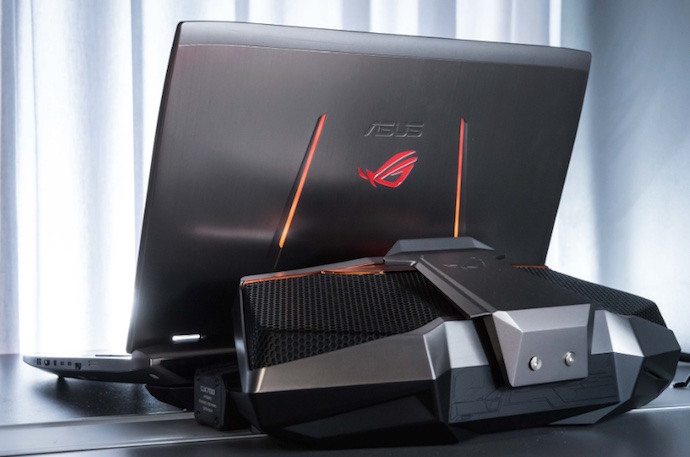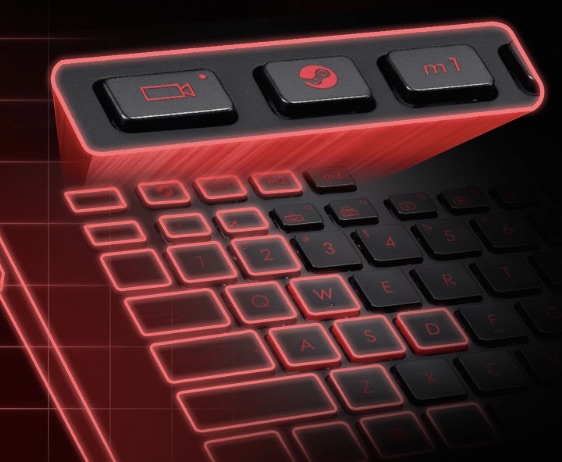
While video game consoles continue to get better, try telling the large number of diehard gamers that they should give up their gaming PC. Why settle for the 1080p graphics dished up by consoles when you can enjoy higher quality video effects at 4K resolution? And, with PC gaming you can go mobile, thanks to gaming laptops. Just don’t think you can pull off a graphically demanding title like Battlefield 4 on any old laptop or PC. You need a specialized gaming rig in order to make the most of what PC games have to offer.
Power and Pixels
PC games are designed to take maximum advantage of the capabilities of gaming PCs. Textures, lighting effects and high resolution all offer a larger and more realistic game environment. The ability to support these features, plus have a slew of objects all moving and interacting simultaneously—and having it all happen at high frame rates—is what gaming PCs and laptops do.
You are looking at power and especially the ability to push a lot of pixels, very quickly. This means not only a powerful CPU, but a standalone video card with its own dedicated video RAM.
PC Manufacturers produce gaming laptops and PCs that are designed specifically to meet these needs. Brands like Alienware, Eurocom, HP’s Omen and Asus Republic of Gamers offer assurance to hardcore gamers that their PCs are up to the task of moving all those pixels without lag or stutter.
Conflicting Priorities Mean “Regular” Laptops Just Don’t Cut it for Gaming
In theory, you could take just about any desktop PC in a decent-sized case and turn it into a reasonable gaming PC. Open it up and replace the CPU, max out the RAM, install a decent video card, maybe upgrade the power supply and cooling and you could make a go of it. You could also throw the case itself away and buy one custom-made for gaming, complete with lighting effects …
Actually, you’d probably be better off buying a desktop gaming PC in the first place, but it’s certainly technically possible.
Laptops, on the other hand, don’t fare so well when it comes to gaming. The primary reason is conflicting design priorities and an inability to do much about that, after the fact.
Look at this Alienware 17-inch gaming laptop. It’s built with one priority: providing the best PC gaming experience possible. It has a quad-core Intel Core i7 CPU with 16GB of fast RAM. There’s a dedicated video card inside—the Nvidia GeForce GTX 970M—with 3GB of dedicated video RAM. It’s driving a huge 17.3-inch display at Full HD resolution. There’s a full Terabyte of storage to accommodate huge game install files, plus a 128GB SSD for fast system operation. It’s an attractive looking machine, but those components need physical space and they need room to cool. That means the Alienware gaming laptop is a bit of a beast at 3.4 cm thick and weighing 3.75 kg. It has a battery for mobile gaming, but with the power consumption of those high end components, you won’t want to be far from a power outlet if you have an all-day session planned.

Guess which one of these laptops is built for gaming? The 17-inch Alienware gaming laptop is on the left, the ultraportable Dell XPS 13 on the right.
Contrast that machine with a popular ‘regular’ laptop in the Dell XPS 13. The design priority for this computer was to build something as small, sleek and power-efficient as possible, while still having the ability to run typical PC software like Microsoft Office. It has a dual-core Intel Core i5 CPU with integrated Intel 5500 graphics, 8GB of RAM, 128GB of SSD storage, a 13-inch display and near all-day battery life. It’s only 1.5 cm thick at its thickest point and weighs just 1.26 kg.
This laptop has won awards for it’s sleek design.
But there’s no room in there for high powered components, a battery big enough to power them or the space needed to provide cooling. The 13-inch display may be Full HD, but it would mean squinting to see the details game developers love to include. PC game installs would quickly eat up that small capacity SSD.
And with the Intel 5500 integrated graphics, turning detail down to High and the resolution to 1920 x 1080 gets frame rates in the neighbourhood of 13 fps when playing Bioshock Infinite. This laptop is more than up to the task of running Microsoft Office, but simply is not designed to offer the kind of experience PC gamers are going to be happy with.
At the same 1920 x 1080 resolution and settings at Ultra, Bioshock Infinite runs on a high powered PC gaming laptop like the Eurocom Scorpius (equipped with a Radeon HD 8970M video card with 4GB of DDR5 RAM) at a frame rates approaching 44 fps.
Manufacturers are always pushing the limits, especially with gaming laptops. A really good example of how extreme they can get in the name of video game performance was unveiled by ASUS at the recent IFA conference.

This Republic of Gaming laptop is the world’s first to offer a water-cooling option, enabling its CPU to be overclocked and a powerful enough video card to drive 4K graphics on its 17-inch 4K display. Look at that rig and then try to imagine how a MacBook Air you can slip into an envelope would have any chance at all of delivering a compelling mobile gaming experience …
Switch to a desktop gaming PC and the game performance difference is even more astounding, because now you are dealing with truly massive video cards—sometimes installed in tandem—driving big screen 4K UltraHD monitors with effects at the highest possible setting at frame rates exceeding 50 fps.
 Responsiveness
Responsiveness
As if the sheer power required for PC gaming weren’t enough to discourage anyone from attempting serious gaming on an ordinary laptop or PC, there’s another critical factor to consider: responsiveness.
Success in gaming can be a matter of milliseconds, so responsiveness of your hardware can be mean the difference between virtual victory and virtual defeat. Gaming laptops have components that are optimized to make sure inputs are recognized immediately and accurately, and that data is transmitted instantaneously. For example, the HP Omen gaming laptop uses 2×2 802.11ac Wi-Fi for the fastest, lag-free wireless connectivity. The ASUS G751 gaming laptop has programmable macro keys so frequently used game commands can be executed without having to fumble for key combinations.
That responsiveness will also extend to the display, which on a gaming laptop will be optimized for fast refreshing and to eliminate ghosting with fast motion.
All of these factors give PC gamers a competitive edge when using a gaming laptop.
As if all these advantages weren’t enough, gaming PCs and gaming laptops also tend to be equipped with killer sound systems that typical laptops can’t match.
That’s not to say that an everyday laptop can’t be used for PC gaming. If your tastes run to casual gaming (especially online games where remote servers do much of the processing), then a ‘regular’ laptop will likely suffice. No-one needs an Alienware gaming computer to play Minecraft, for example. But when it comes to the kind of PC gaming titles that impress with their graphics, ultra-realistic settings, frantic multi-player battles or expansive strategic gameplay—the StarCrafts, Grand Theft Auto Vs and Star Wars: Battlefronts—a gaming PC or gaming laptop is going to be a superior experience in every way, compared to playing (or attempting to play) on a typical PC or laptop.




Gaming rigs are my preferred machines for video editing. The extra cooling features and horsepower helps with long renders.
Comments are closed.